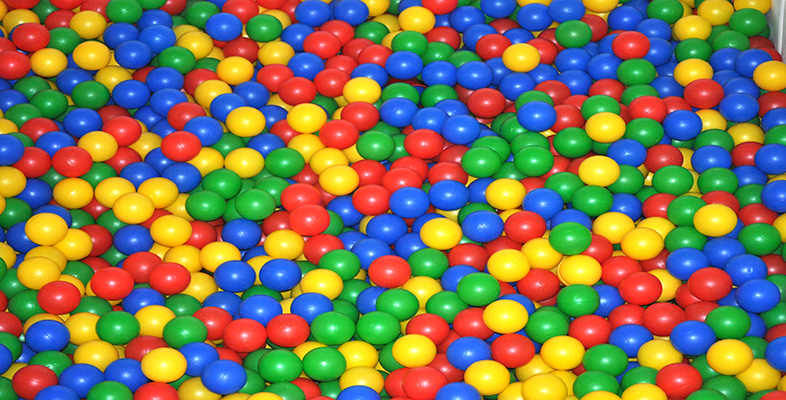5.5 Orientation in polymers
Viscoelasticity, like thermodynamics, is concerned with the correlation of controllable variables and bulk, macroscopic phenomena. But one unique feature of polymeric materials is that the molecular unit, the polymer chain, can be highly anisotropic, i.e. the chain can be fully extended, or curled up in an amorphous equilibrium state without any net orientation. In fact, unoriented polymer is rarely encountered in manufactured products because of the different ways it is processed to shape. By its very nature, forcing viscous polymer fluid into cool moulds or through dies by extrusion gives some molecular orientation depending on the stresses to which it has been subjected during manufacture. The control of orientation (and the related effect of crystallisation) during shaping is the key to product quality and the properties that product will exhibit in service. A related problem concerns non-uniform distribution of filler particles in a polymer matrix.
